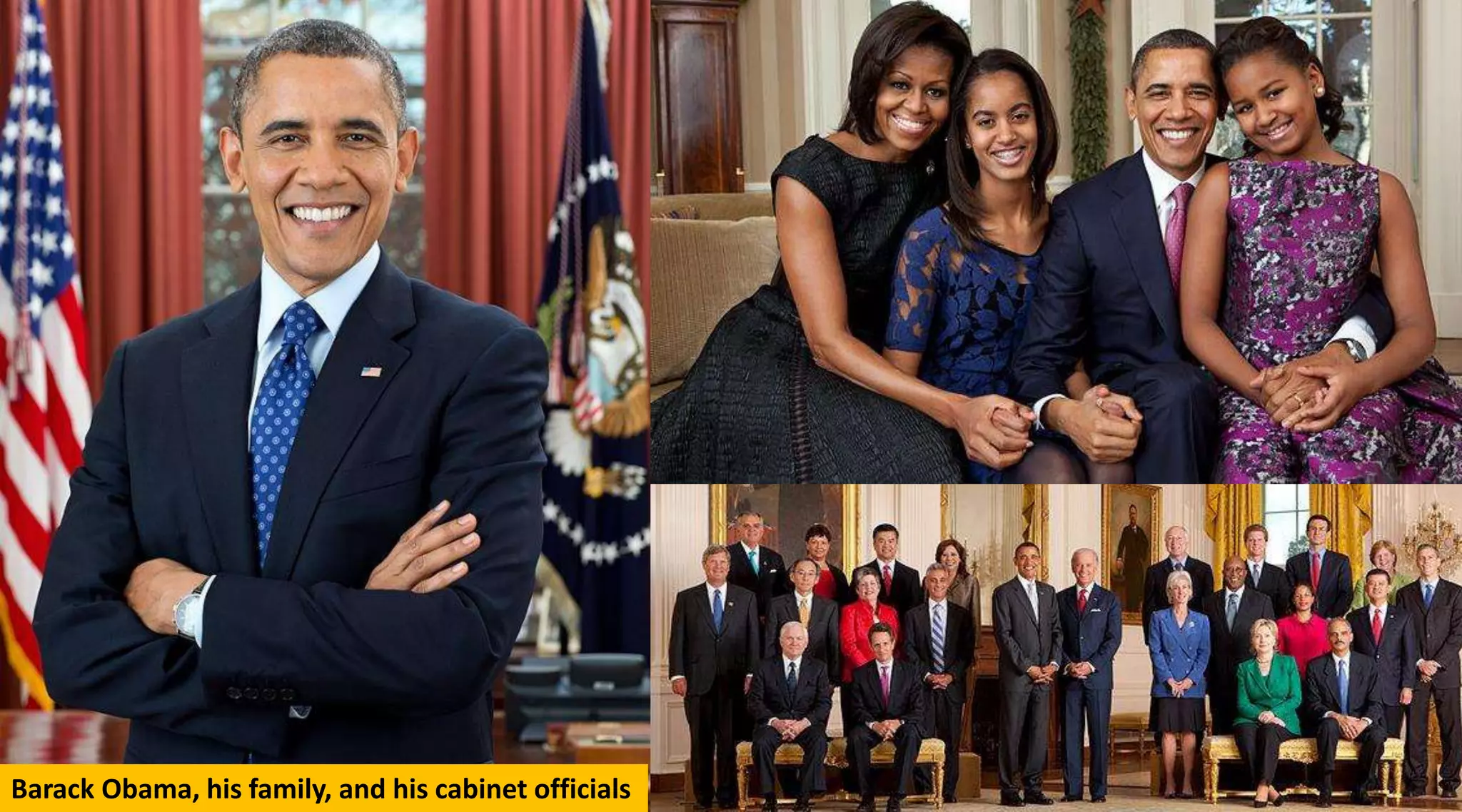This document provides background on Robert P. Jones, an author who has written books on the history of American evangelicals, civil rights, and Republican politics. It discusses Jones' upbringing in the Baptist church in the South and his subsequent studies on American religion during the Civil War, Reconstruction, and Civil Rights eras. The document notes that Jones' books explore the complicated history of how the Southern Baptist church approached issues of slavery and civil rights over time, from defending slavery before the Civil War to gradually becoming more supportive of racial justice issues in recent decades.




































































































